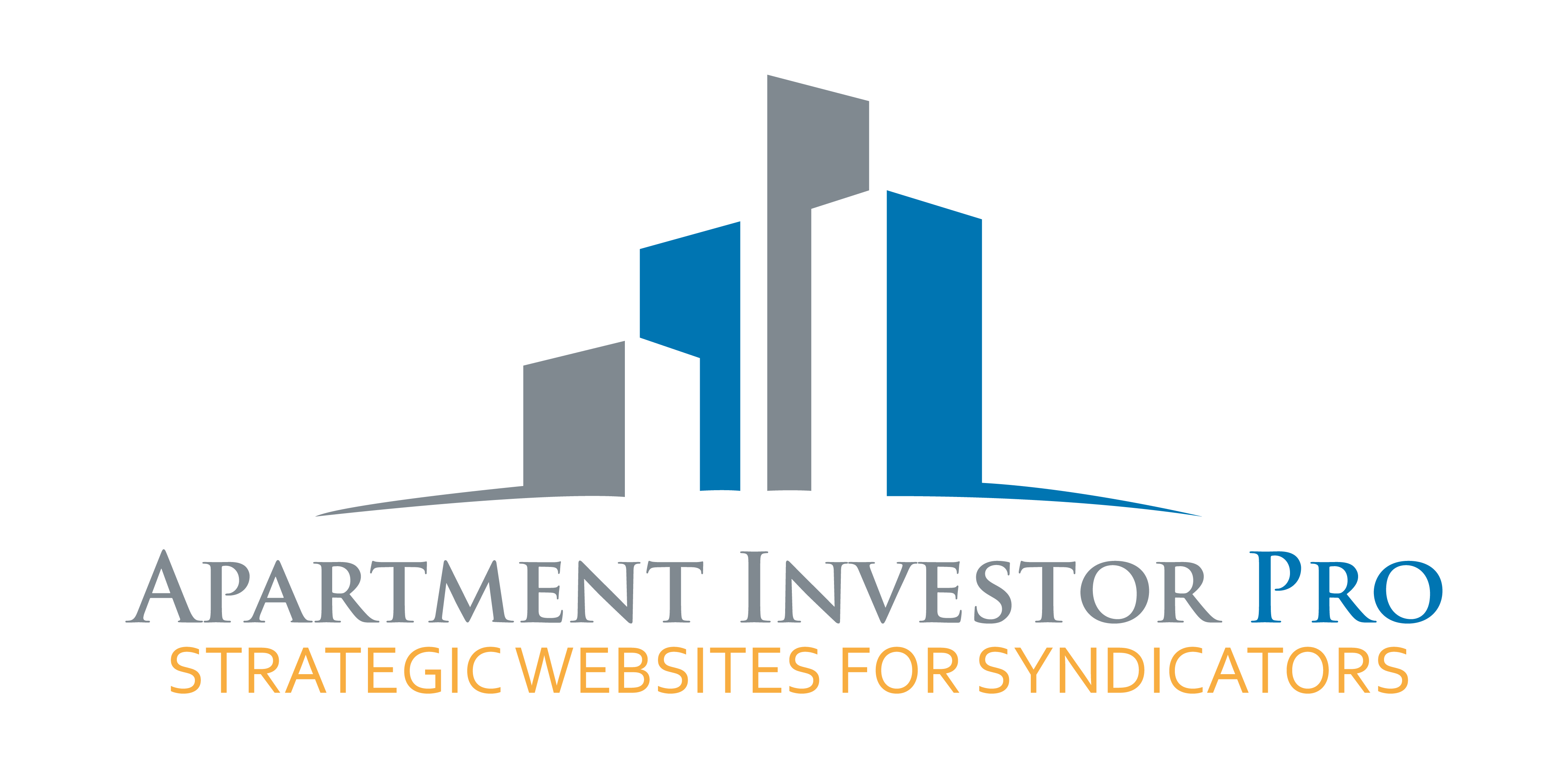
Let’s face the facts, when you try to interest a potential investor in investing in one of your property deals, the first question that you need to address is, how much money are you going to make for me?
Since the syndication process starts with the question of how much money you as a sponsor can make for your investors, and this calculation depends on the structure of the waterfall you use, it is important to understand exactly what a distribution waterfall is and how it works.
Even if you are already familiar with the concept of waterfalls, and you are used to using a particular waterfall model or structure to outline how profits are shared in your investment deals, you still need to know how your waterfall measures up against your competitors’ models in order to stay ahead of the curve.
The following article, on this complex subject of waterfalls in real estate investment, will thus be helpful for those starting out and for those who may have already used them.
What Is A Distribution Waterfall In Real Estate Syndication?
A waterfall, or waterfall model, is a legal term used in an Operating Agreement that describes how, when, and to whom funds are paid in commercial real estate equity investments.
A distribution waterfall is a way of calculating and outlining how capital gains will be shared between the participants in an investment.
The expression ‘waterfall’ is an appropriate one because the total capital gained is distributed according to a structure made up of levels. When the top level’s allocation requirements are satisfied then the excess funds spill over to the next level and are then subject to the allocation requirements of the next level and so on.
Usually, the general partners receive a disproportionately larger share of the total profits relative to their initial investment once the allocation process is complete. This is done to incentivize the general partner to maximize profitability.
Real estate syndications use ‘waterfalls’ to make payments from an investment project to the developer and their investors.
Waterfall Examples
One example of a basic waterfall structure is as follows:
A sponsor offers an 8% preferred return and then a 70%/30% split. What does that mean?
This means that investors can expect to receive their pro-rata share of the distributable cash flow from a transaction until the full 8% return on their investment has been received.
Subsequently, all distributions will be paid to equity holders until initial investments have been fully returned.
After that, the Limited Partner investors will receive 70% of the distributions, with the remaining 30% distributed to the sponsor or General Partner as their special share of the profits.
As layers are added, waterfalls get more complicated, with a common structure looking like this:
- 8 percent preferred
- Return of capital
- Split of profits 70-30 until investors receive a 12 percent IRR*
- Then a 60-40 split until investors reach 15 percent IRR*
- 50-50 split of remainder
*Internal Rate of Return – (The IRR is the percentage rate earned on each dollar invested for each period it is invested.)
How Waterfall Structures Work
The details of a particular waterfall structure in each commercial real estate investment and the nuances of the structure will be outlined in the sponsor’s agreement. The waterfall structure is usually based on a ‘return hurdle,’ which refers to a specified amount of profit that the project needs to generate in order to progress to the next hurdle.
Usually, this is defined by a project’s IRR. For example, if a sponsor invested 5% equity in a $1 million project ($50,000), and an investor invested 95% ($950,000), the first hurdle could be a 9% IRR. For any returns below 9%, the sponsor gets 5% of the profits, and the investor gets 95%. However, for any returns above 9%, the sponsor gets 10% of the profits, and the investor only takes 90%.
If, for example, the project generated a 12% IRR in the first year, that would equal $120,000 in profit (assuming no taxes.) The sponsor gets 5% of the first 9% ($90,000), which equals $4500, and then takes 10% of the profits above 9% ($30,000), which equals $3000. So, in this case, the sponsor would get $7500, getting a 15% return on their investment, while the investor gets $112,500, getting an 11.8% return on their investment.
Many waterfall structures have multiple hurdles. For instance, in the example above, there could also be return hurdles at 13% and 16% IRR. Each of these would provide the sponsor a greater proportional return, say, 15% and 20%, on the profits over those amounts.
Waterfall Structures – Preferred Returns
Fundamentally, preferred returns refer to the order in which profits from a real estate project are distributed to investors.
In other words, preferred investors in a project are first in line and will earn the preferred return before any other investors receive a distribution of profit. Once this “preference” return hurdle has been met, then any excess profits are split as agreed.
Waterfall structures can be difficult to describe in operating agreements. For this reason, they should be prepared very carefully and audited by experienced professionals.
The investment may be successful or unsuccessful in the eyes of an investor based upon clearly defined distributions properly allocated to the respective parties during the hold period of the investment.
Here are some additional resources to help you understand and create your own waterfall structure:
Investor Solution: How to Keep Your Investors Updated
Regardless of the waterfall structure that you have in place you will need to keep your investors up to date on their dividends and payouts.
Is there an easy way to keep investors up to date?
We provide a simple and easy to use investor portal with our website service at Apartment Investor Pro. This allows your investors to log in and see the reports you provide, as well as other documents related to the deal.
If you already have a more advanced investor portal, (like Syndication Pro or Investor Deal Room), these can easily be connected to your Apartment Investor Pro website so that your investors can log in and get updates.
Your Apartment Investor Pro website serves as the hub of all your online marketing and communication with both your existing and potential investors.
Feel free to check out ApartmentInvestorPro.com for more information.


